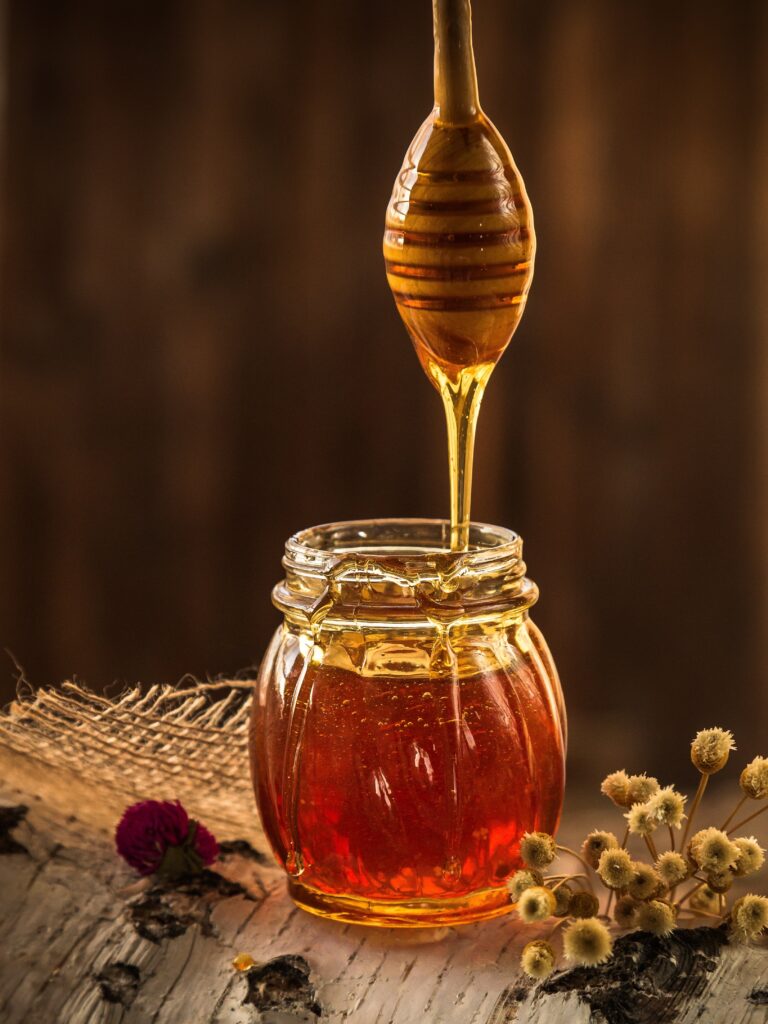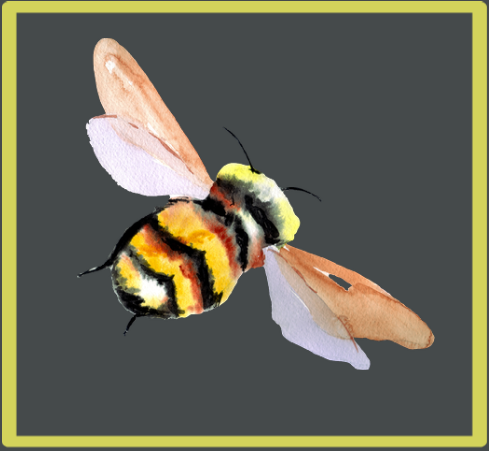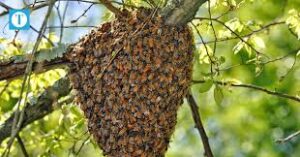Honey is known for its health benefits, full of nutrients, antioxidants and helping assist the body with many nature processes.
To enjoy the benefits derived from honey, it is important to know the purity. Without this knowledge, you can buy poor quality products. Many supermarkets sell fake and impure honey, very different to what the bees produce. Many companies have taken advantage of the rising popularity of honey, making it more important than ever before to know the differences.
What is ‘fake’ honey?
Fake honey is altered, however is almost impossible to tell from real honey when its packaged. There are many ways to spot fake honey, here are some things to look out for when determining whether honey is fake or not:
Stickiness
Real honey is not sticky if it is rubbed between your fingers, however fake honey is sticky due to the unnatural sweeteners added in its creation. This difference is easy to test and very noticeable.
Texture

Real honey is quite thick in texture, taking time to move, whereas fake honey is very runny and quickly spills, moves and travels. The best way to test this is to see how long it takes to travel from one side of a honey jar to the other, or to put some on your finger and see if it runs straight off.
Scent
Real honey has a mild and often floral scent. This smell can change with heating and cooling, however fake honey often has no smell at all, or can have a sour scent. Knowing the difference can take a little practice, unless you have both real and fake honey to compare against in the test.
Heating
When heated, real honey will quickly become thicker, not creating any foam. Fake honey, however, will produce bubbles and will never caramelize.
The bread test
Spread honey on a slice of bread. Real honey will harden within around 60 seconds. Fake honey will never harden, making the bread moist instead due to added moisture.
Dissolving
Real honey doesn’t dissolve in water, instead settling at the bottom of the water in a lump. If stirred, real honey can dilute over a long time. Fake honey dissolves instantly in water due to the extra added sugar.
Matchstick test
Dip a matchstick in the honey. If the honey is real, it will easily light after being immersed, however fake honey will stop the match lighting because of the high moisture levels.
Impurities
Real honey will often include small impurities, with bits of pollen or discoloured particles included. Fake honey will have no impurities, being completely clear and a consistent, smooth texture.
Methylated spirits
You can test whether honey is real or fake by combining it with methylated spirits. When mixing real honey with methylated spirits, the honey will still settle at the bottom of any container. Fake honey will not do this, instead dissolving in the methylated spirit and making the solution appear milky.
Taste
The taste of real, pure honey only remains for a couple of minutes. Fake honey will have a taste which remains for a longer period of time as the sugar keeps the taste continuing in the mouth.
Ingredients
If you are purchasing from a store where there are labels on the jar, this is the easiest way to understand the purity of honey. Manufacturers are required to mention any additives or additional substances which are added into the honey they produce. Take a look at the label on the honey container, if there is one, and you can quickly see if anything has been added to the pure honey, and if it has, what it is.
The healing and health benefits of honey are best when in pure form, made from the bee and not altered in any way or through any manufacturing process.




